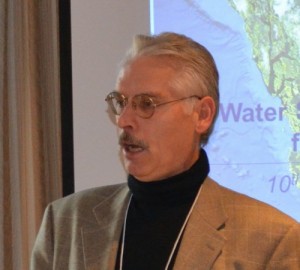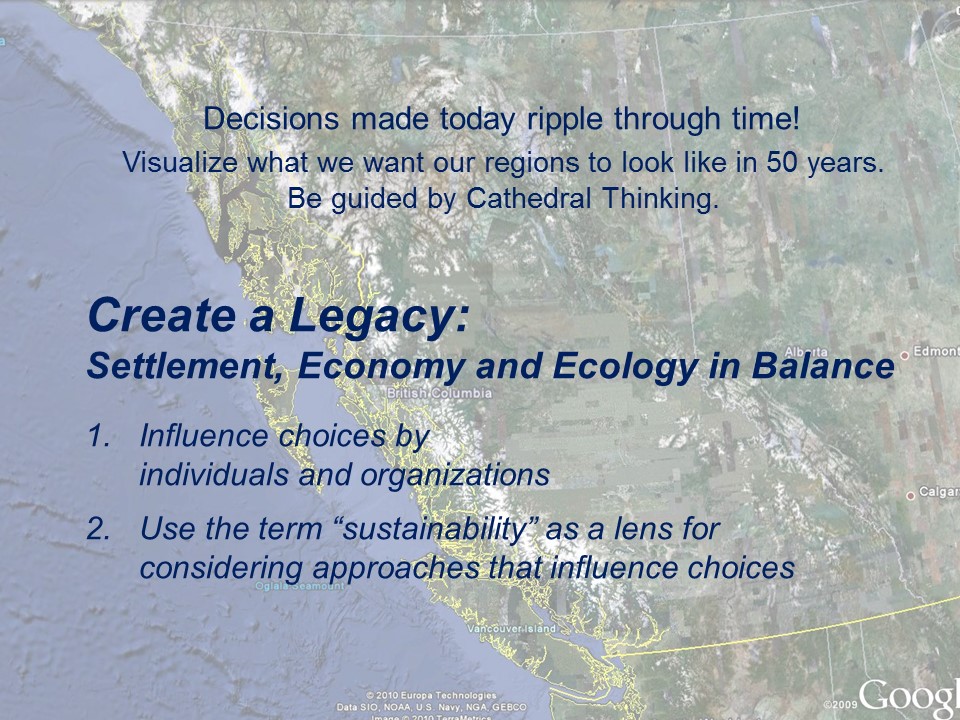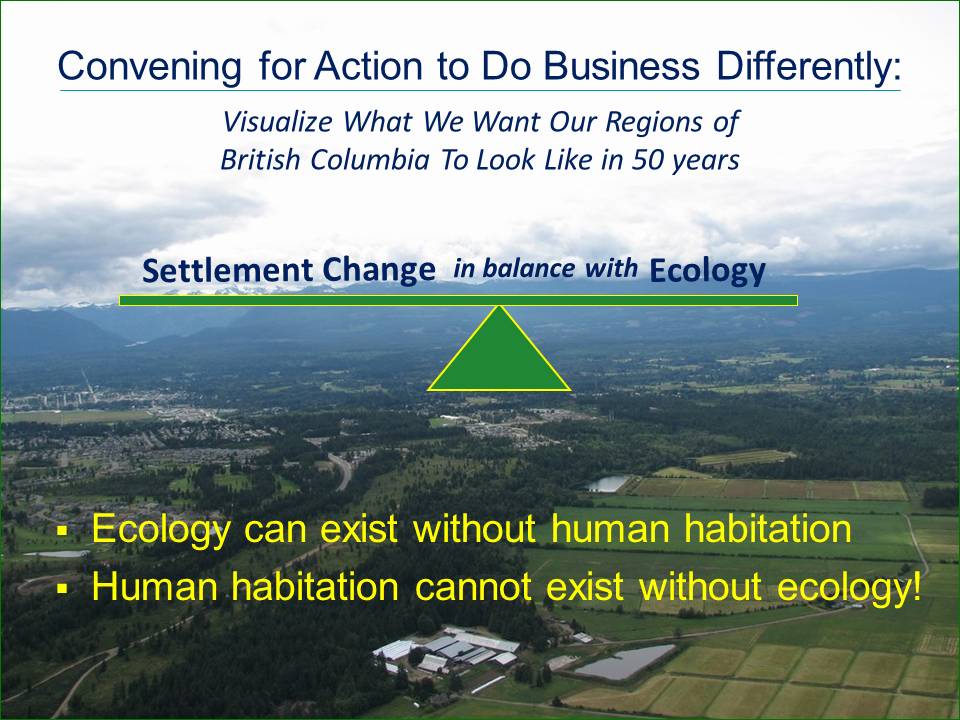TURNING IDEAS INTO ACTION: “Water as a Form-maker,” an op-ed by Tim Pringle, Partnership for Water Sustainability in British Columbia
Note to Reader:
 Sitelines magazine is a publication of the British Columbia Society of Landscape Architects (BCSLA). Published bi-monthly, BCSLA has a longstanding practice of inviting partner organizations to take on a co-editor role and provide the content for an issue featuring the partner.
Sitelines magazine is a publication of the British Columbia Society of Landscape Architects (BCSLA). Published bi-monthly, BCSLA has a longstanding practice of inviting partner organizations to take on a co-editor role and provide the content for an issue featuring the partner.
The June 2016 issue featured the Partnership for Water Sustainability in BC. This allowed the Partnership to showcase initiatives and tools. Reproduced below is the article written by Tim Pringle, Past-President.
Water Balance Pathway to a
Water-Resilient Future
“The Context Statement for the Cowichan Basin Water Management Plan (2007) provides this perspective,” wrote Tim Pringle:
“The basin we see today is the product of the hydrological cycle over thousands of years of geologic and climate processes, and several centuries of human activities.”
“As this and other plans recognize, watersheds are defining landscapes that serve the needs of human settlements and provide natural habitats and their integral ecological systems. In numerous ways, the built environment has to adapt to watershed features and water movements to maintain viable settlements.”
“This article provides a bridge to the articles that follow. It reflects on the role played by land use and water resource practitioners. They too are form-makers. Their decisions, one property at a time, have consequences that ripple through time. Consequences can be either cumulative benefits or cumulative impacts. Hence, the mission of the Partnership for Water Sustainability in BC is to develop tools and talent, and focus practitioners on desirable outcomes, so that a vision for settlement, economy and ecology will be realized over time.”
To Learn More:
Download In this issue, the Partnership for Water Sustainability in BC presents WATER BALANCE PATHWAY TO A WATER-RESILIENT FUTURE, June 2016, to read the complete set of 9 articles published in Sitelines Magazine.
Use and Conservation of Land
“Nature shapes landscapes, and harbours ecological assets that support human settlements. Our communities and enterprises have an uneasy relationship with this master form-maker. Why this tension when it is in human nature to respond to the run of the land, the palette of flora, and sensations stirred by wind, water, wildlife and other whims of nature?”
 “Evidence? During the past 50 years a number of non-profit trusts have been established to protect natural assets, which economic and settlement growth threatens to waste. Examples are not all in the wilderness, they include wetlands-estuaries in urban areas. For well over 100 years Metro Vancouver has relied on obtaining drinking water from watershed areas that have restricted access by humans. Federal fisheries regulations point to watershed degradation as an on-going reality.”
“Evidence? During the past 50 years a number of non-profit trusts have been established to protect natural assets, which economic and settlement growth threatens to waste. Examples are not all in the wilderness, they include wetlands-estuaries in urban areas. For well over 100 years Metro Vancouver has relied on obtaining drinking water from watershed areas that have restricted access by humans. Federal fisheries regulations point to watershed degradation as an on-going reality.”
“Few of us do view use and conservation of land as equal values. However, this axiom must be true; human settlement cannot exist without a supporting, healthy ecology as is the case for all living systems.”
A Perspective on Development Practice
“Today urbanism is at the forefront of settlement change in Canada and a host of practitioners are involved in the design of this expansion. Engineers, planners, landscape architects and other designations are shaped by graduate studies, possibly mentoring, and the on-going influences of their professional associations. Working in the politically charged context of local government oversight, these practitioners are motivated to design and deliver harmonious results in the landscape, places they and their fellow citizens want to experience.”
“While Official Community Plans may set goals for designing with nature, recognizing on a watershed scale natural assets that capture rainwater, help with climate change mitigation, or supply other services needed by humans, the reality is that most land development happens parcel by parcel. The process is not linear, so old infrastructure may be connected to new as zoned lands fill in. Designers (including regulators) of new development want to lessen dependence on old systems and possibly increase reliance on natural systems.”
“The Partnership for Water Sustainability in BC has developed tools such as the Water Balance Model for designers to address such challenges. The model enables design of drainage systems at multiple scales to maintain or enhance hydrology. This is a basic building block of watershed health. Optimum infrastructure design should equal watershed sustainability.”
Settlement, Economy and Ecology in Balance
“Current infrastructure design and use practices have evolved in a financial world where price significantly influences decisions:
“People know the price of everything but the true cost of nothing. Price is what the person pays. Cost is what society pays, here, now, elsewhere, and into the future.” (P. Hawkin. A. & L. Lovins – Natural Capitalism).
“Opportunity cost realities hit hard in the case of infrastructure assets owned and managed by local government. The province of BC and other authorities are turning to the Asset Management approach to planning for sustainable service delivery. Utilizing services supplied by nature inevitably will become part of the most cost-effective design and planning.”
“Since the early years of its work, the Partnership for Water Sustainability has espoused the concept of settlement in balance with ecology and economy. It makes sense that as form-makers, designers would want to harmonize with natural systems and the supporting landscape.”
Love of Place
“Perception makes design and harmony possible. Nature should turn humans on. The built environment only partially gives us a sense of place, nature does the rest. There is a word for our primal perception of the natural environment and the watersheds in which we live; it is topophilia – love of place.”




